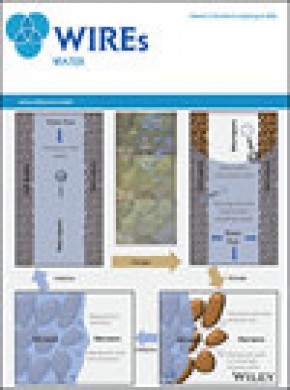
Gold OA文章占比:45.60%
OA被引用占比:0.4079...
开源占比:0.3544
研究类文章占比:52.11%
国际标准简称:WIRES WATER
人气 354
《Wiley Interdisciplinary Reviews-water》是一本专注于WATER RESOURCES领域的English学术期刊,创刊于2014年,由Wiley-Blackwell出版商出版,出版周期6 issues/year。该刊发文范围涵盖WATER RESOURCES等领域,旨在及时、准确、全面地报道国内外WATER RESOURCES工作者在该领域的科学研究等工作中取得的经验、科研成果、技术革新、学术动态等。该刊已被SCIE数据库收录,在中科院最新升级版分区表中,该刊分区信息为大类学科地球科学2区,2023年影响因子为6.8。
Overview
The award-winning WIREs (Wiley Interdisciplinary Reviews) series combines some of the most powerful features of encyclopedic reference works and review journals in an innovative online format. They are designed to promote a cross-disciplinary research ethos while maintaining the highest scientific and presentational standards, but should be viewed first and foremost as evolving online databases of cutting-edge reviews.
WIREs Water
An important new forum to promote cross-disciplinary understanding of the water environment, and the severe challenges that it faces during the 21st Century
An authoritative, encyclopedic resource addressing key topics from the perspectives of earth sciences, biology, engineering, social sciences, and humanities
High-quality content commissioned from expert contributors and peer-reviewed to a rigorous standard
Content is fully citable, qualifying for abstracting, indexing, and ISI ranking
For more information, please go to wires.wiley.com/water.
Aims and Scope
The scope of WIREs Water is at the interfaces between five very different intellectual themes: the basic science of water, its physics and chemistry, flux, and things that it transfers and transforms; life in water, and the dependence of ecosystems and organisms on water to survive and to thrive; the engineering of water to furnish services and to protect society; the people who live with, experience and manage the water environment; and those interpretations that we, as a society, have brought to water through art, religion, history and which in turn shapes how we come to understand it. These interfaces are not simply designed to be ways of looking at water through what necessarily must be interdisciplinary perspectives. They are also designed to be outward facing in terms of how water can help to understand wider questions concerning our environment and human-environment interactions.
Topics:
Engineering Water
The contributions made by the engineering sciences to the ways in which we engineer and plan water: water, health and sanitation, including water supply, waste and disposal, infectious and waterborne diseases, public health, environmental standards: the sustainable engineering of water, including source protection, water conservation and recycling, resilience to natural hazards, waste and drainage systems, waterproofed urban landscapes, enhancing ecosystems through engineering; planning water including planning concepts, path dependency, retrodiction and prediction, forecasting, holistic analysis of water.
Human Water
Perspectives from the social sciences and humanities on our water condition: water governance, including decision-making processes, rules, customs, laws and accountability in water management; the value of water, including water pricing, more-than-economic valuation of water, hidden and embedded water (e.g. in energy, food), alternative definitions of the ‘clean’ and the ‘safe’; the rights to water, including distributive justice, entitlements and their definition, water conflicts across spatial scales; water as imagined and represented, in the creative arts, across world views, in memory and through communication.
Science of Water
The physics and chemistry of water: hydrological processes throughout the hydrological cycle; stocks and flows of water and the matter that it entrains, transports and deposits, at different spatial and temporal scales; water extremes in stocks and flows and there distributions in space and time; water quality, including solutes, sediment and temperature and its control by water flow pathways and transit times; water and environmental change, including climate, land use and flow regulation.
Water and Life
The ecology and biology of freshwater environments: the nature of freshwater ecosystems, including their structure and organisation, inter-connectivity, emergent properties, sensitivity and resilience; stresses and pressures on ecosystems, at the scales of species, habitats and ecosystems, and including multiple stressors; conservation, management and awareness including restoration, the analysis of ecosystem services, questions of spatial and temporal scale and public engagement with freshwater ecosystems.
| 大类学科 | 分区 | 小类学科 | 分区 | Top期刊 | 综述期刊 |
| 地球科学 | 1区 | WATER RESOURCES 水资源 ENVIRONMENTAL SCIENCES 环境科学 | 1区 2区 | 是 | 是 |
| 大类学科 | 分区 | 小类学科 | 分区 | Top期刊 | 综述期刊 |
| 地球科学 | 2区 | WATER RESOURCES 水资源 ENVIRONMENTAL SCIENCES 环境科学 | 1区 2区 | 否 | 是 |
| 大类学科 | 分区 | 小类学科 | 分区 | Top期刊 | 综述期刊 |
| 地球科学 | 2区 | ENVIRONMENTAL SCIENCES 环境科学 WATER RESOURCES 水资源 | 2区 2区 | 否 | 是 |
| 大类学科 | 分区 | 小类学科 | 分区 | Top期刊 | 综述期刊 |
| 地学 | 2区 | ENVIRONMENTAL SCIENCES 环境科学 WATER RESOURCES 水资源 | 2区 2区 | 否 | 是 |
| 大类学科 | 分区 | 小类学科 | 分区 | Top期刊 | 综述期刊 |
| 地球科学 | 2区 | ENVIRONMENTAL SCIENCES 环境科学 WATER RESOURCES 水资源 | 2区 2区 | 否 | 是 |
| 大类学科 | 分区 | 小类学科 | 分区 | Top期刊 | 综述期刊 |
| 地球科学 | 2区 | ENVIRONMENTAL SCIENCES 环境科学 WATER RESOURCES 水资源 | 2区 2区 | 否 | 否 |
中科院分区:中科院分区是SCI期刊分区的一种,是由中国科学院国家科学图书馆制定出来的分区。主要有两个版本,即基础版和升级版。2019年中国科学院文献情报中心期刊分区表推出了升级版,实现了基础版和升级版的并存过渡;升级版是对基础版的延续和改进,将期刊由基础版的13个学科扩展至18个,科研评价将更加明确。
| 按JIF指标学科分区 | 收录子集 | 分区 | 排名 | 百分位 |
| 学科:ENVIRONMENTAL SCIENCES | SCIE | Q1 | 43 / 358 |
88.1%
|
| 学科:WATER RESOURCES | SCIE | Q1 | 6 / 127 |
95.7%
|
| 按JCI指标学科分区 | 收录子集 | 分区 | 排名 | 百分位 |
| 学科:ENVIRONMENTAL SCIENCES | SCIE | Q1 | 72 / 359 |
80.08%
|
| 学科:WATER RESOURCES | SCIE | Q1 | 20 / 127 |
84.65%
|
JCR分区:JCR(Journal Citation Reports)由科睿唯安公司(前身为汤森路透)开发。JCR没有设置大类,只将期刊分为176个具体学科,也就是中科院分区中的小类学科。基于不同学科的当年影响因子高低进行排序,将期刊的数量均匀分为四个部分,Q1区代表学科分类中影响因子排名前25%的期刊,以此类推,Q2区为前25%-50%期刊,Q3区为前50%-75%期刊,Q4区为75%以后期刊。
CiteScore排名:
| 学科类别 | 分区 | 排名 | 百分位 |
| 大类:Engineering 小类:Ocean Engineering | Q1 | 1 / 105 |
99%
|
| 大类:Engineering 小类:Oceanography | Q1 | 2 / 145 |
98%
|
| 大类:Engineering 小类:Aquatic Science | Q1 | 4 / 247 |
98%
|
| 大类:Engineering 小类:Water Science and Technology | Q1 | 5 / 261 |
98%
|
| 大类:Engineering 小类:Management, Monitoring, Policy and Law | Q1 | 9 / 399 |
97%
|
| 大类:Engineering 小类:Ecology | Q1 | 14 / 461 |
97%
|
CiteScore值计算方式:例如2024公布的CiteScore是将统计在 2020年-2023年间年所发表文章的引用次数除以在 2020年-2023年间所发表的发文总数。
CiteScore数据来源:是由全球著名学术出版商Elsevier(爱思唯尔)基于其Scopus数据库推出的期刊评价指标。CiteScore指数以四年区间为基准来计算每本期刊的平均被引用次数,并提供期刊领域排名、期刊分区的相关信息,它的作用是测量期刊的篇均影响力。
近年中科院分区趋势图
近年IF值(影响因子)趋势图
影响因子:是美国科学信息研究所(ISI)的期刊引证报告(JCR)中的一项数据。指的是某一期刊的文章在特定年份或时期被引用的频率,是衡量学术期刊影响力的一个重要指标。自1975年以来,每年定期发布于“期刊引证报告”(JCR)。
| 机构名称 | 发文量 |
| UNIVERSITY OF CALIFORNIA SYS... | 13 |
| UNIVERSITY OF LONDON | 12 |
| WAGENINGEN UNIVERSITY & RESE... | 10 |
| HELMHOLTZ ASSOCIATION | 9 |
| UNIVERSITY OF MELBOURNE | 8 |
| VIRGINIA POLYTECHNIC INSTITU... | 7 |
| ARIZONA STATE UNIVERSITY | 6 |
| IHE DELFT INSTITUTE FOR WATE... | 6 |
| INSTITUT DE RECHERCHE POUR L... | 6 |
| PENNSYLVANIA COMMONWEALTH SY... | 6 |
| 国家/地区 | 发文量 |
| USA | 88 |
| England | 46 |
| GERMANY (FED REP GER) | 31 |
| Netherlands | 27 |
| Australia | 26 |
| Canada | 18 |
| Switzerland | 18 |
| CHINA MAINLAND | 17 |
| Italy | 15 |
| France | 14 |
1、建议稿件控制10页以上,文章撰写语言为英语;(单栏格式,单倍行距,内容10号字体,文稿类型包含:原创研究(Original Research)、案例报告(Case Report)、文献综述(Literature Review)等;文件格式包含word、PDF、LaTeX等。
2、稿件重复率控制10%以内,论文务必保证原创性、图标、公式、引文等要素齐备,保证附属资料的完整。已发表或引用过度的文章将不会被出版和检索,禁止一稿多投,拒绝抄袭、机械性的稿件。
3、稿件必须有较好的英语表达水平,有图,有表,有公式,有数据或设计,有算法(方案,模型),实验,仿真等;参考文献控制25条以上,参考文献引用一半以上控制在近5年以内。
图片和图表要求:1、建议使用TIFF、EPS、JPEG格式 ,TIFF格式 使用LZW压缩。
2、文件大小最大不超过20MB,不要以单个文件的形式上传数据。
3、彩色图片的分辨率≥300dpi;黑白图片的分辨率在≥500dpi;line art图片类型的分辨率≥1000dpi;色彩模式建议采用RGB,除非期刊注明要CMYK。
4、线条不要细于0.25pt,也不能太粗,超过1.5pt,过细或过粗都影响美观。
5、表格一般和manuscrript放置在一个word文档里部分期刊 需要单独上传表格。
作者信息:1、包括作者姓名、最高学位,作者单位(精确到部门),邮箱,地址,邮编,关键词,内容,总结,项目基金,参考文献,作者相片+简介(一定要确保作者信息准确无误,提交稿件之后这部分不能再作改动)。
更多征稿细则请查阅杂志社征稿要求。本站专注期刊咨询服务十年,确保SCI检索,稿件信息安全保密,合乎学术规范不成功不收费,详情请咨询客服。
111 RIVER ST, HOBOKEN, USA, NJ, 07030-5774
本站合法持有《出版物经营许可证》,仅销售经国家新闻出版署批准的合法期刊,不是任何杂志官网,不涉及出版事务。本站仅提供有限咨询服务,需要用户自己向出版商投稿且没有绿色通道,是否录用一切以出版商通知为准。提及的第三方名称或商标,其知识产权均属于相应的出版商或期刊,本站与上述机构无从属关系,所有引用均出于解释服务内容的考量,符合商标法规范。本页信息均由法务团队进行把关,若期刊信息有任何问题,请联系在线客服,我们会认真核实处理。 若用户需要出版服务,请联系出版商:111 RIVER ST, HOBOKEN, USA, NJ, 07030-5774。

中科院分区 1区
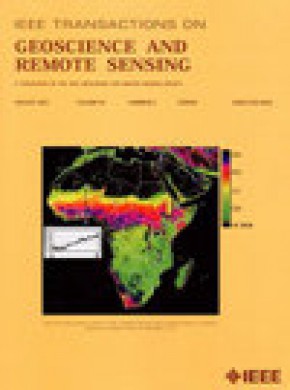
中科院分区 1区
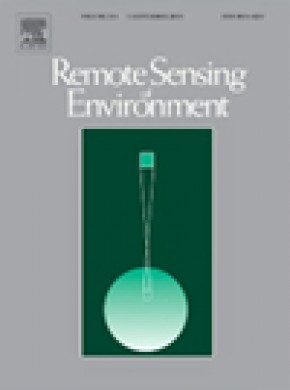
中科院分区 1区
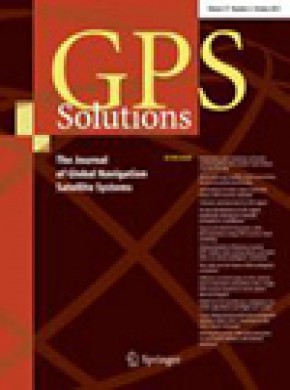
中科院分区 1区

中科院分区 1区
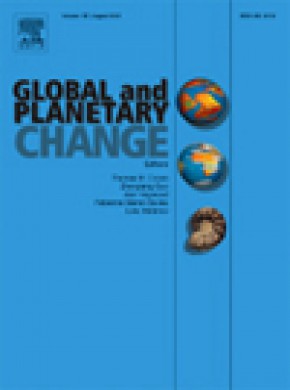
中科院分区 1区
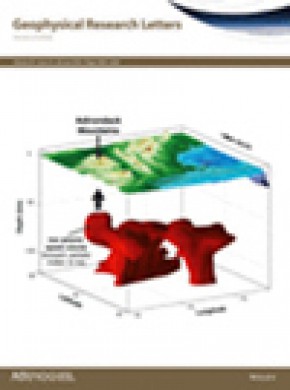
中科院分区 1区
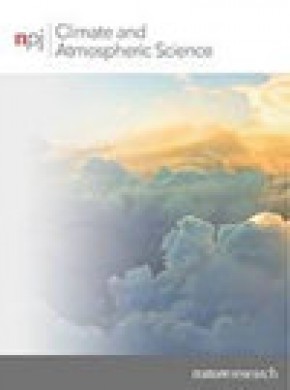
中科院分区 1区
特别声明:本站持有《出版物经营许可证》,主要从事期刊杂志零售,不是任何杂志官网,不涉及出版事务,特此申明。
工信部备案:蜀ICP备09010985号-13 川公网安备:51092202000203 统一信用码:91510922MACX24HU41
© 版权所有:四川博文网络科技有限责任公司太和分公司
出版物经营许可证:射行审新出发2023字第016号 股权代码:102064